
Welcome to my homepage! I appreciate your support and encouragement—it truly makes a difference. I’m glad my technical writings have been valuable to you, and I look forward to sharing more insights to help you grow.
I am a Staff Software Lead with 14+ years of deep expertise in the Java ecosystem. I specialize in architecting, scaling, and optimizing high-performance applications. I've led mission-critical development and delivered scalable solutions across startups, product companies, European government projects, and top-tier tech firms in India and Europe.
As a self-taught engineer and a digital nomad, I like financial freedom!! I’m passionate about becoming a Java Champion and advocate.
I share the most effective ways to write clean, efficient Java code, aiming to help engineers master the language and elevate their coding practices.
Explore my Technical notes for insights into the latest Java trends and techniques, and check out the online courses to enhance your skills!
How To Prevent cannot read property map of undefined
The "cannot read property map of undefined" error occurs when we try to call the map method on a variable that stores an undefined or null value.
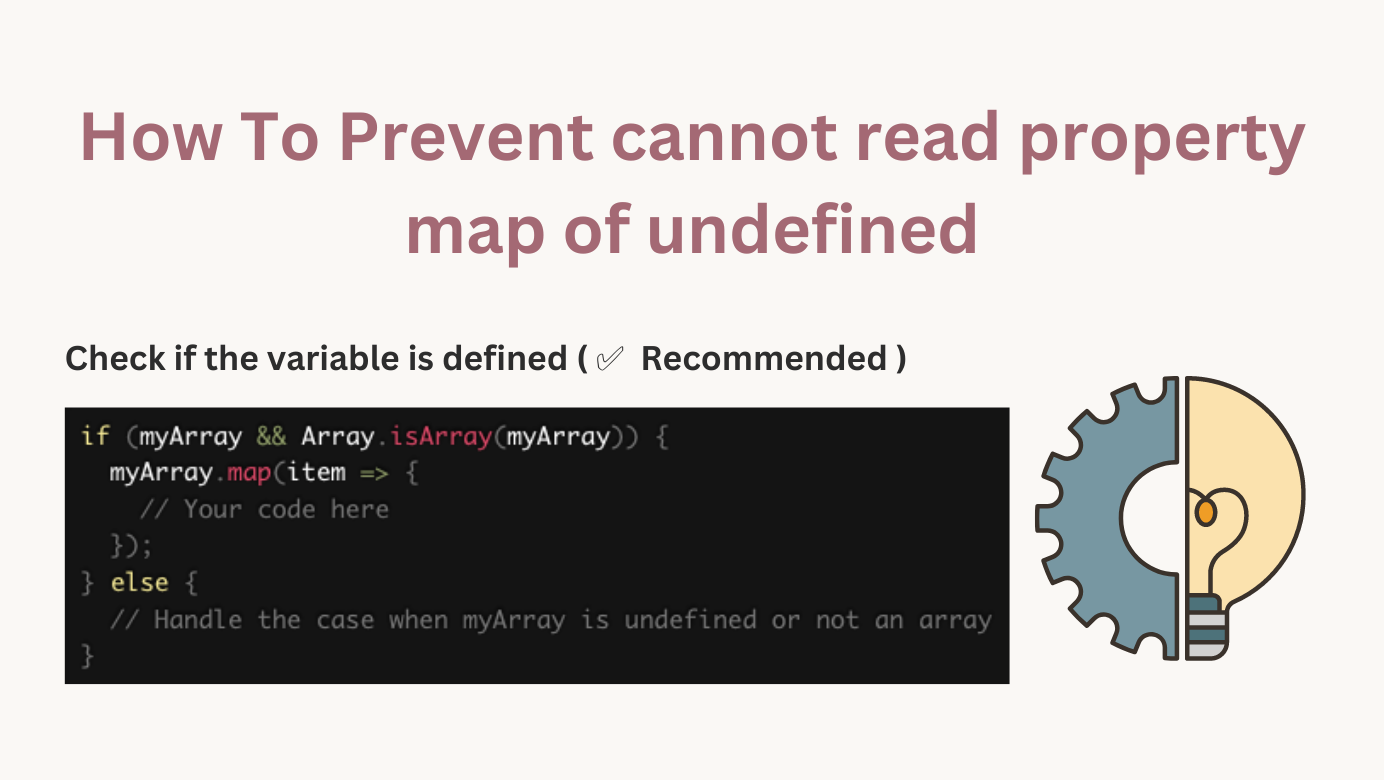
How can I remove a specific item from an array in JavaScript?
Removing a specific item from an array is the most use case a developer runs into. You will learn more than 7 ways to achieve this.
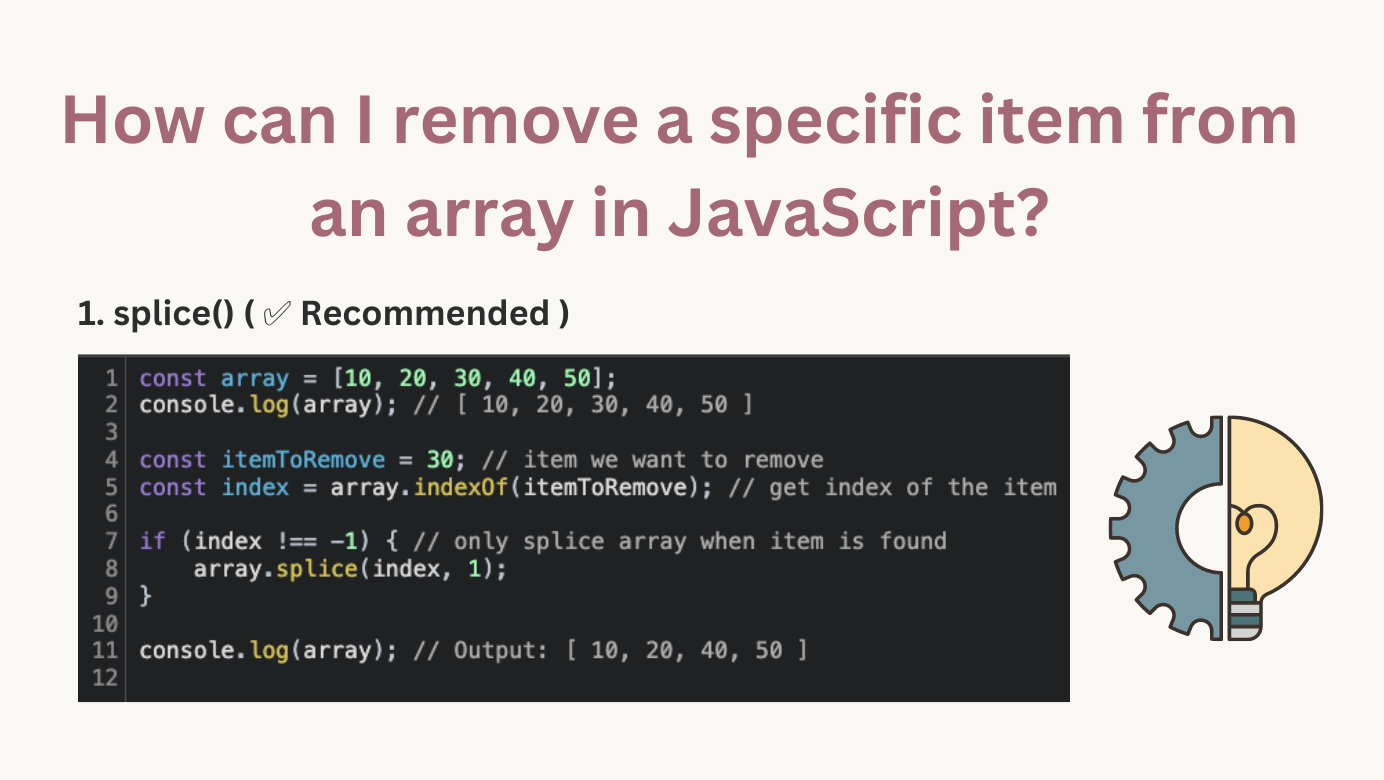
A Complete Guide To JavaScript LocalStorage
localStorage is a property of the window object in JavaScript that allows you to store key/value pairs in a web browser. The data stored in localStorage persist even after the browser is closed, making it a useful tool for saving user data on the client side.
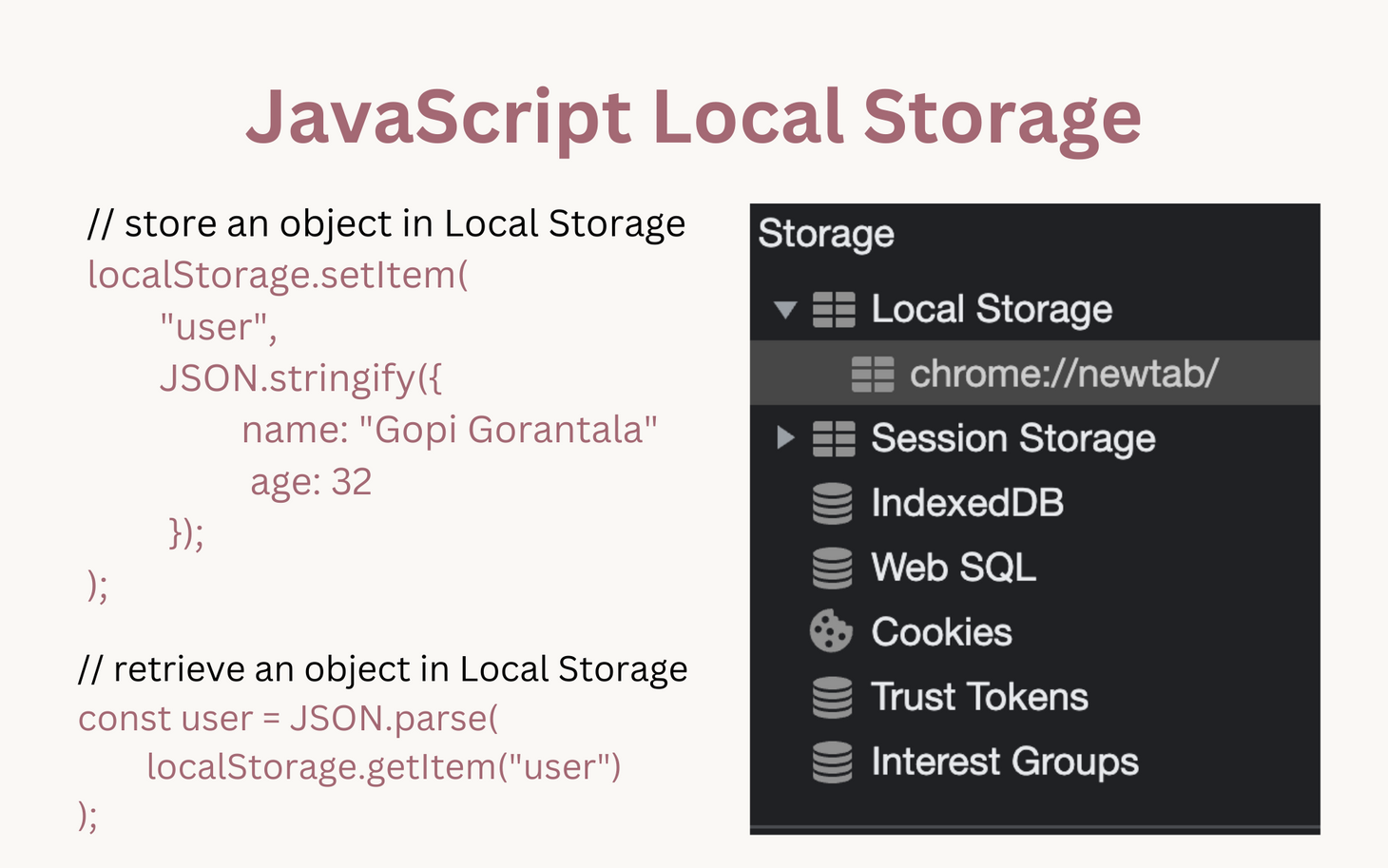
How to Prevent cannot read property split of undefined
The "cannot read property split of undefined" error occurs when we try to call the split() method on a variable that stores an undefined value.
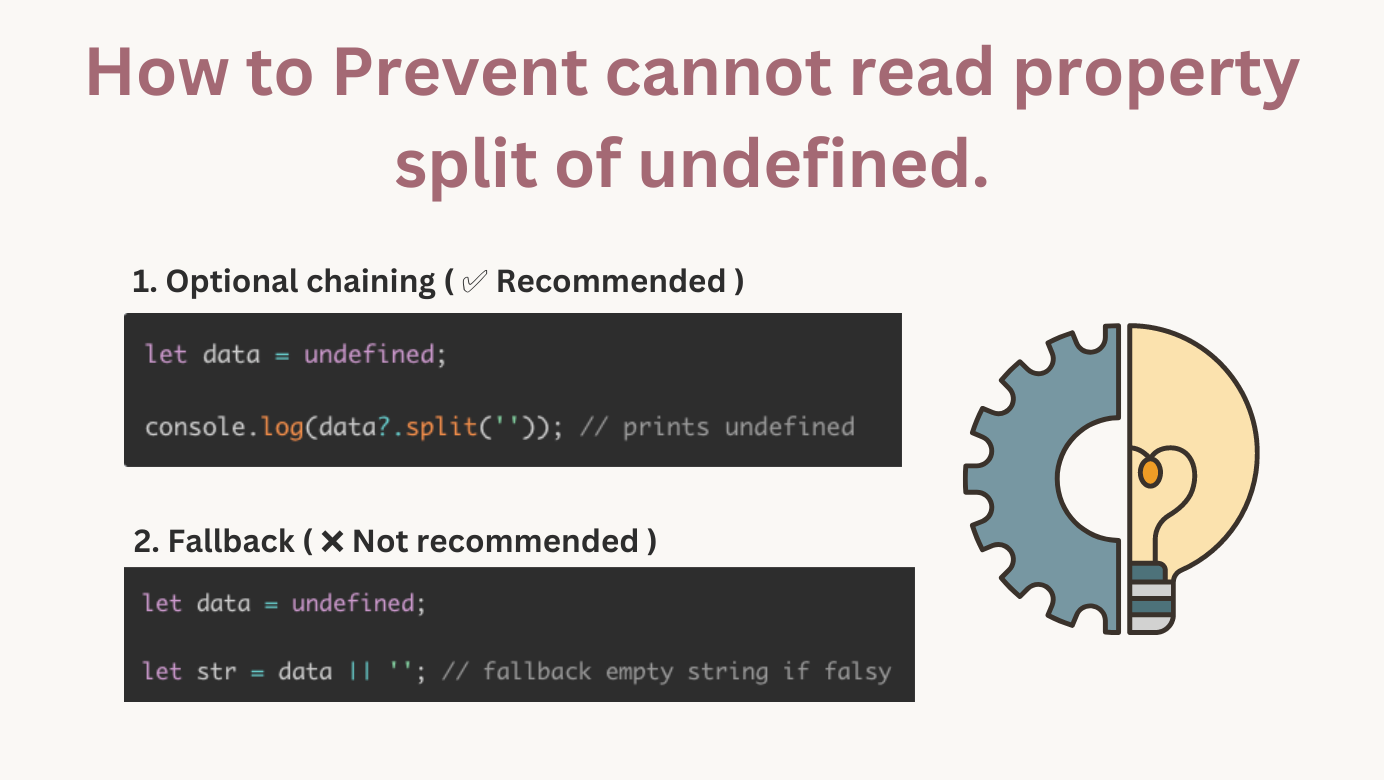
Mastering Spring Boot: Building Production-Ready Microservices
Spring Boot has revolutionized Java application development by eliminating boilerplate configuration and providing a streamlined approach to building production-ready applications. In this comprehensive guide, we'll explore advanced Spring Boot concepts and patterns that will help you build robust, scalable microservices that can handle real-world demands. Understanding Spring Boot&
Spring Boot Hello World Tutorial with Lombok and H2 Database – Quick Start for Beginners
Learn how to create a Hello World Spring Boot application using Lombok for cleaner code and the H2 in-memory database for rapid development. This step-by-step guide includes annotations, project setup, REST API, H2 console access, and more to kickstart your Spring Boot journey.
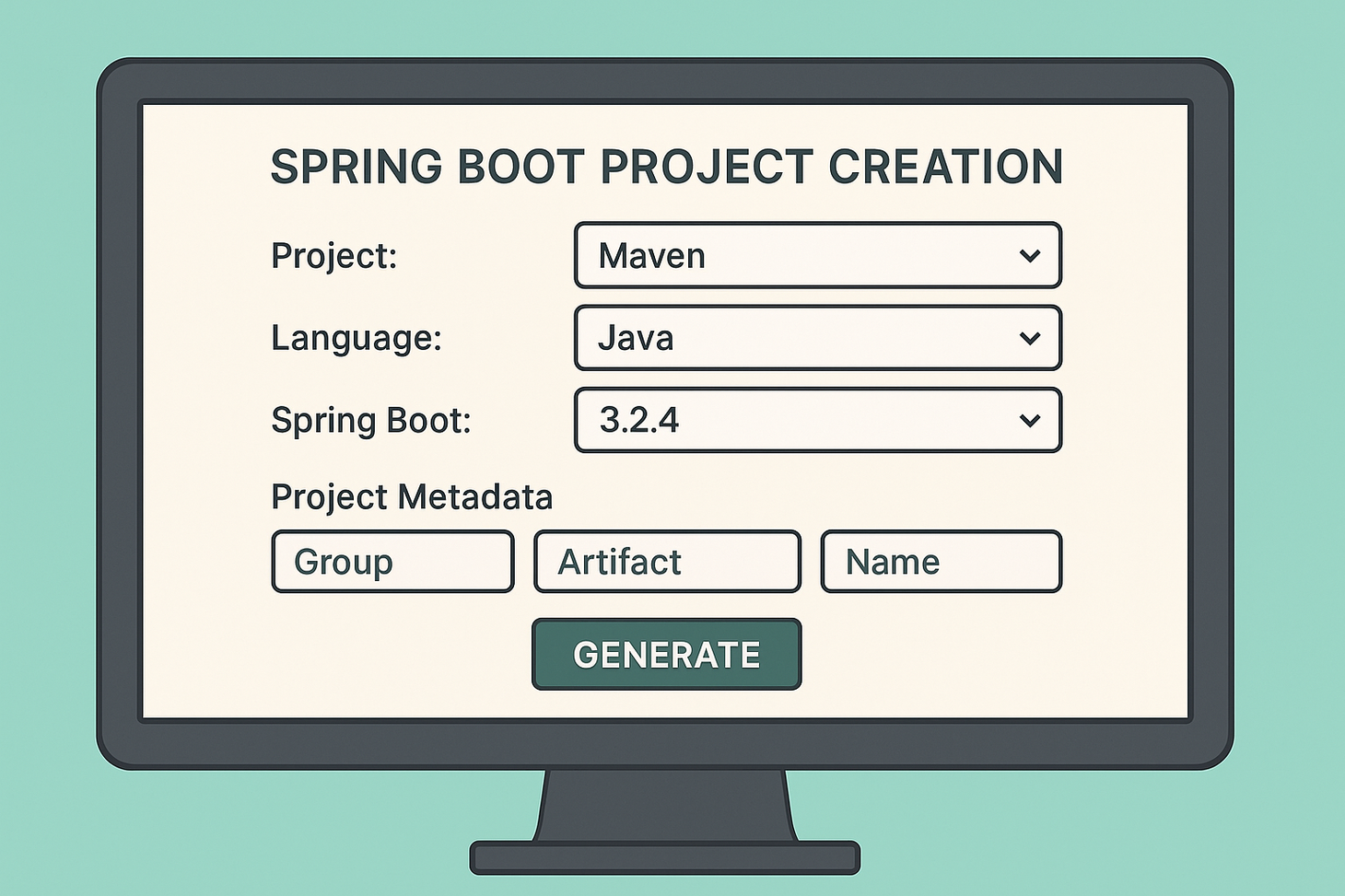
How to fix port 8080 already in use error on Windows and macOS
Getting the “Web server failed to start. Port 8080 was already in use” error? Learn how to identify and kill the process blocking port 8080 on Windows and macOS using simple terminal commands. Fix server startup issues fast and keep your development running smoothly.
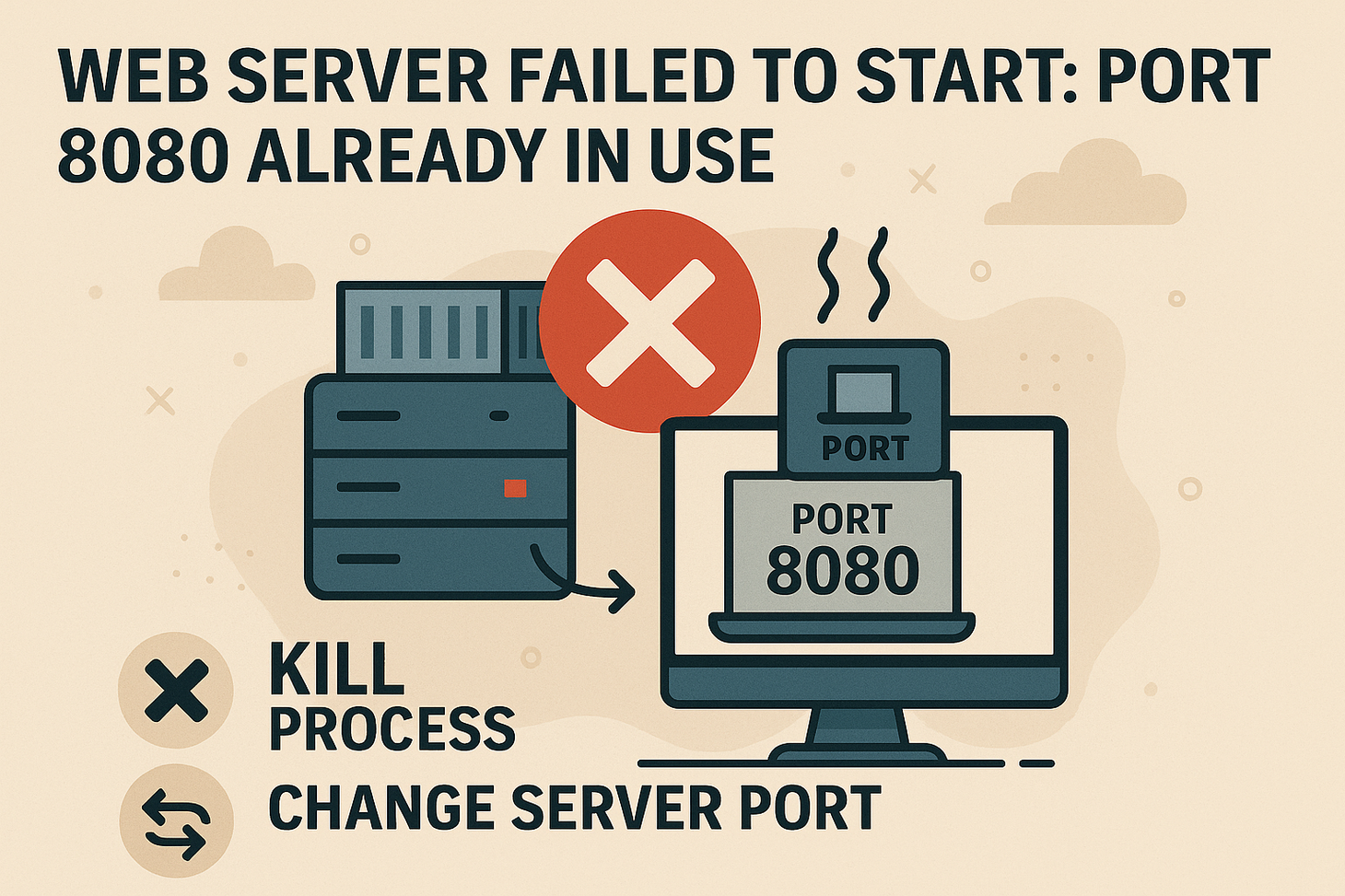
Gopi Gorantala Newsletter
Join the newsletter to receive the latest updates in your inbox.